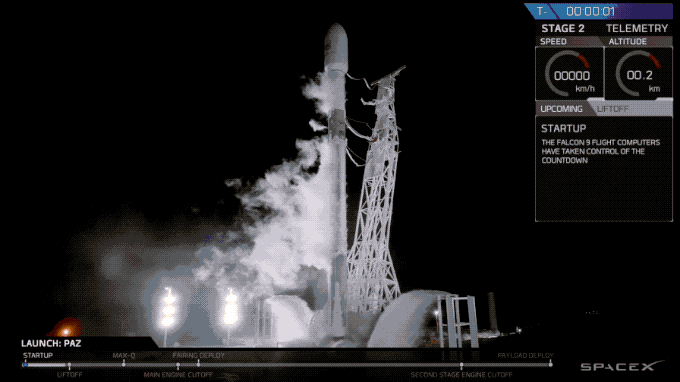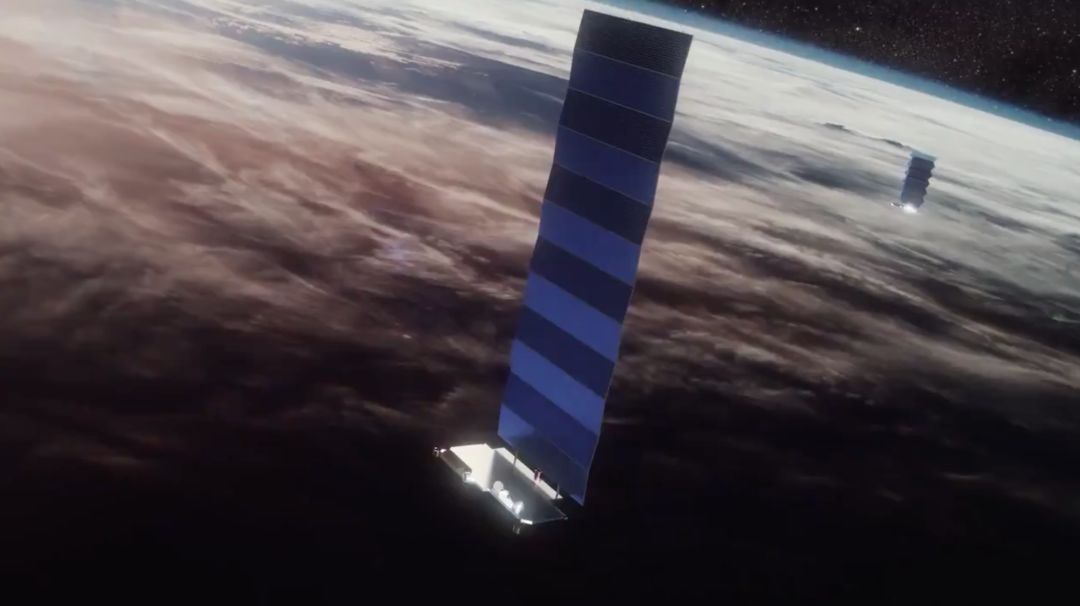Behind the tweet of the first satellite network, what kind of ambition does Starlink have? .
Editor’s note: This article is from WeChat public account “Geek Park” (ID:geekpark)< / a>, author: Jesse.
“Wow, it’s!” (Whoa, itworked!!)
On October 22nd, Elon Musk released a tweet through SpaceX’s Starlink satellite network. The first tweet sent through the satellite Internet.
As a hot space technology company, SpaceX is trying to use its rocket technology to explore some of the civilian projects that are easier to implement and promote in the short term. Starlink is one of the most important components. SpaceX plans to launch tens of thousands of satellites to provide a full range of networking services to the planet.
Satellite Internet
The Starlink program began in 2015.
SpaceX founder Elon Musk first proposed a plan to build a global satellite Internet and quickly obtained project approval from the FCC (Federal Communications Commission). According to the plan, SpaceX will send 12,000 satellites into low-Earth orbit and provide Internet services to the world through these satellites.
The biggest advantage of satellite networking is that it can achieve large-area, dead-end signal coverage, unlike electromagnetic base stations that are blocked by various obstacles and have limited coverage. When Starlink is completed, no matter how remote it is, you can receive signals from satellites.
Starlink System Renderings|SpaceX
In addition to the wide range of signals, the theoretical speed of satellite networks is also faster than traditional networks. In the future, each satellite in the Starlink satellite network will be connected to the other four satellites by laser, so that the signal can be transmitted in the vacuum at a speed of light, which is nearly 50% faster than the traditional fiber, which can greatly reduce the network delay.
Just last week, SpaceX submitted another application to the ITU (International Telecommunication Union), applying forAn additional 30,000 satellites for RF communication means that the Starlink project will eventually reach a scale of 42,000 satellites, and the scale is rapidly expanding.
Difficulty
Starlink’s plan is full, but it’s not always easy to implement.
In the launch of May this year, SpaceX launched 60 satellites at a time, three of which failed within a certain period of time after entering orbit. In addition, SpaceX took the initiative to move the two satellites out of orbit to prove that they have control over these. The ability of satellites, when necessary, can remove them from low Earth orbit and fall into the atmosphere to burn, without staying in orbit and becoming space junk. In addition, the other 55 satellites successfully climbed to a higher orbit and began to work normally.
A tweet by Elon Musk, demonstrating the technical feasibility of Starlink. But this is only the beginning. SpaceX has said that it needs to complete the initial deployment of 800 satellites in order to provide Internet services around the world. This time, at a media exchange in Washington, SpaceX President Gwynne Shotwell gave a more specific timeline: the company plans to complete six to eight launches this year, each time launching 60 satellites to officially launch this Service.
SpaceX’s time is quite tight. The FCC requires SpaceX to launch at least half of the first phase of 12,000 satellites in six years, which means SpaceX needs to launch an average of 37 satellites per month. If the deployment is not completed on time, SpaceX will lose the right to continue to transmit network communication satellites. In addition, SpaceX must complete the networking of all 12,000 satellites by November 2027.
Rocket for launching Starlink satellites|SpaceX
At present, SpaceX is accelerating the update iteration speed of spacecraft products, seeking to reduce the launch cost while carrying more cargo on the spacecraft, and seize the time to complete the satellite access to the sky.
In addition to the sky, Starlink’s workload on the ground is not small. In February of this year, SpaceX announced plans to build 1 million ground stations to transmit signals to satellites and receive signals from terrestrial terminals for more end users to access satellite network systems. The construction of ground stations is expected to begin in 2020.
At the same time, with StarlThe user terminal supporting the ink is also under intense development. At present, the user must use a special terminal device to receive broadband signals from the satellite and access the Internet.
Competition in the consumer sector
SpaceX President Shotwell said publicly this week that they hope to launch Starlink services to consumers next year. However, the specific scheme for commercialization of the project has not yet been determined, and it is possible to provide services directly to users. In some countries or regions, customers may also need to register with telecom operators.
Including the price concerns that many people care about, Shotwell did not disclose any specific information publicly. It only said that many people in the United States now pay $80 a month, but only get “bad” network services. This indicates that Starlink’s main business target will be users in remote rural areas with poor network conditions, and the price may be set at $80 per month. In urban areas where network construction is well developed, Starlink’s bandwidth and price may not compete with traditional broadband.
In the process of satellite network construction, consumer demand for network bandwidth and traffic is also rapidly expanding. The development of 5G and high-speed fiber-optic broadband has increased the demand for users on the network, and indirectly puts higher demands on Starlink’s network capacity. A SpaceX spokesperson said in a statement to the ITU that the company is taking steps to effectively expand Starlink’s total network capacity and data density to meet user expectations. However, considering the extreme expansion of 5G and fiber construction and the limitations of satellite communication, Starlink can finally catch up with the development of traditional network capacity, which is still unknown.
Starlink Satellite|SpaceX
And SpaceX is not the only company that deploys satellite networks. Google and Facebook have tried to provide a network for the ground through hot air balloons and drones. This year’s FCC documents show that Facebook’s subsidiary PointViewTech is also conducting satellite network experiments, and its theoretical transmission speed is 10 times faster than Starlink. Almost at the same time, Amazon has entered the field. It has submitted applications to the FCC, hoping to deploy more than 3,000 satellites to provide Internet access to 95% of the world’s population.
Despite the fierce competition, Starlink is still at the forefront, and it is likely to be the firstA satellite network that provides services to consumers. Currently, Starlink is providing test network connectivity services to the US Air Force Labs, turning satellite networks into reality.


